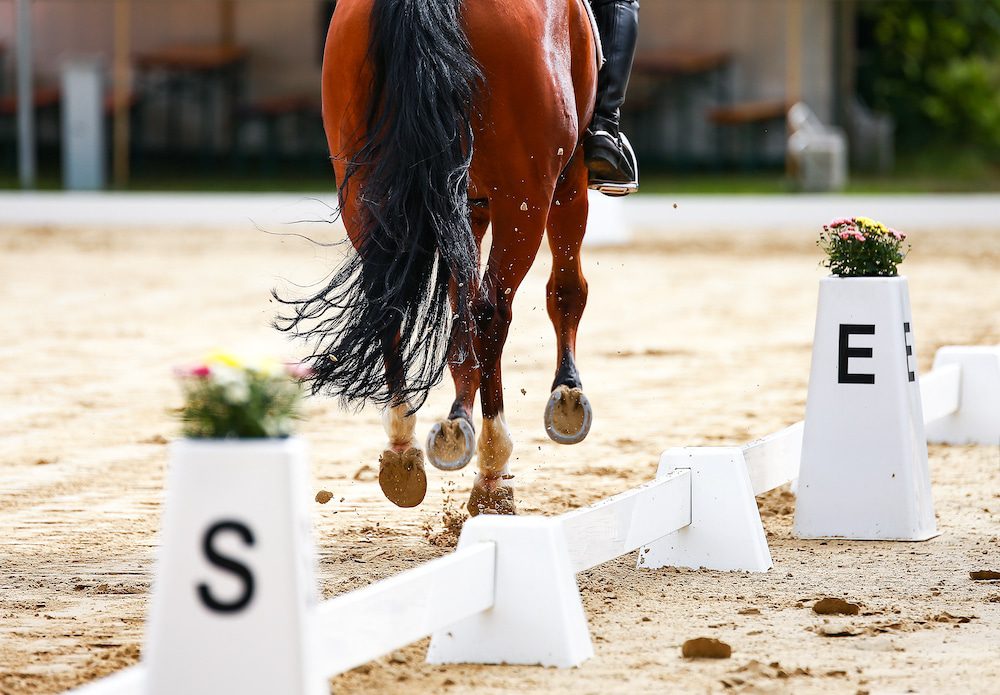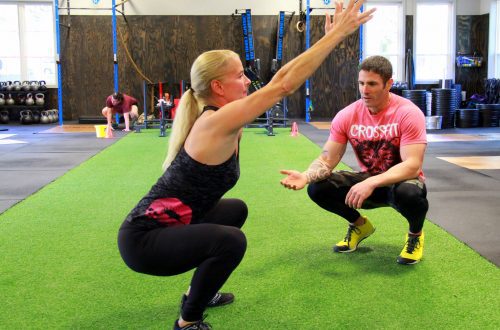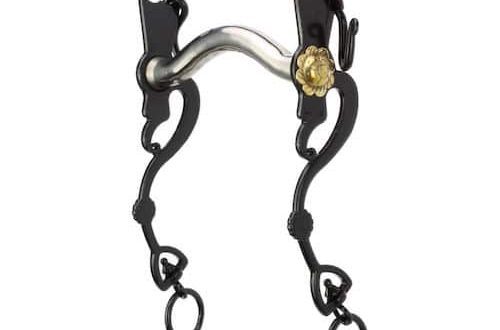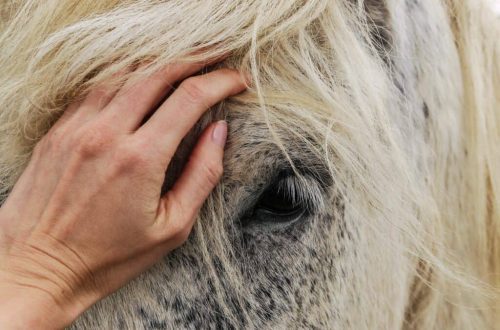
The horse constantly breaks from a trot into a canter. Why?
The horse constantly breaks from a trot into a canter. Why?
We chose, question, which is often asked by novice riders:
When I am working at the trot, my horse constantly tends to go to the slow canter. I think she just doesn’t like lynx. How can I solve this problem? The veterinarian, having examined the horse, did not find any physiological problems in it and believes that in this case it all depends on the rider.
Reply. This problem is quite common, but its causes can be different. The main thing is that in this case the horse is healthy and the veterinarian gave the rider the green light to resolve the issue, thanks to more competent work.
Sometimes horses do prefer one gait to another. Some horses find it easier to trot. These horses usually have a wide, sweeping gait of the hind legs that tread well under the body. Some horses prefer the gallop. They have a shorter and kind of “bouncing” step. However, regardless of the horse’s preferences, he should only move the way you want him to, by dictating your wishes for gait and speed through the controls.
So, let’s look for answers to the question posed.
1. Perhaps your horse is just confused because you are not using the controls clearly.
At the posting trot, be sure to move up and down in the two-beat rhythm of the trot. Your legs should be in place and you should maintain your balance as you ease. Your horse may go into a gallop in an attempt to regain balance – both his and yours! If this happens at the training trot, try to lighten up. When you are at a training trot, you can push the horse forward with your seat too much, inadvertently signaling the horse to canter. This brings confusion.
2. It is possible that the horse has a weak butt, which can also provoke him to canter. In this case, regular work on descending and ascending transitions between gaits (stop – walk, walk – trot, stop – trot) can help you. It will help develop the muscles in the horse’s hindquarters to help him maintain a connected trot (the horse will be able to physically carry more weight on his hindquarters).
3. My final solution to your question suggests that the horse is not connected and may be a little lethargic and move behind the legs. It is for this reason that it is easier for her to perform a slow, “jumping” canter, rather than moving forward in a trot in connection.
If that’s the case, then the moment the horse tries to go into a slow canter, add seat and leg action and ask for a forced working canter. Continue this canter for a few 20m circles and then calmly ask her to return to the trot. Close your legs and continue in a balanced posting trot. If the horse returns to his “favorite” canter, repeat the above sequence. Be patient. Repeat this sequence several times until your horse appreciates the benefits of trotting versus moving forward at a working canter. She will soon realize that her “favorite” gait is no longer available to her.
Another benefit of this exercise is that you will improve your cantering position, which you will need for an active canter, and your trotting position, which will be required for clear transitions from canter to trot. Since you will continue in the posting trot immediately after the downward transition, your horse will have to identify these two very different messages and continue to trot.
John Zopatti (source);translation Valeria Smirnova.





